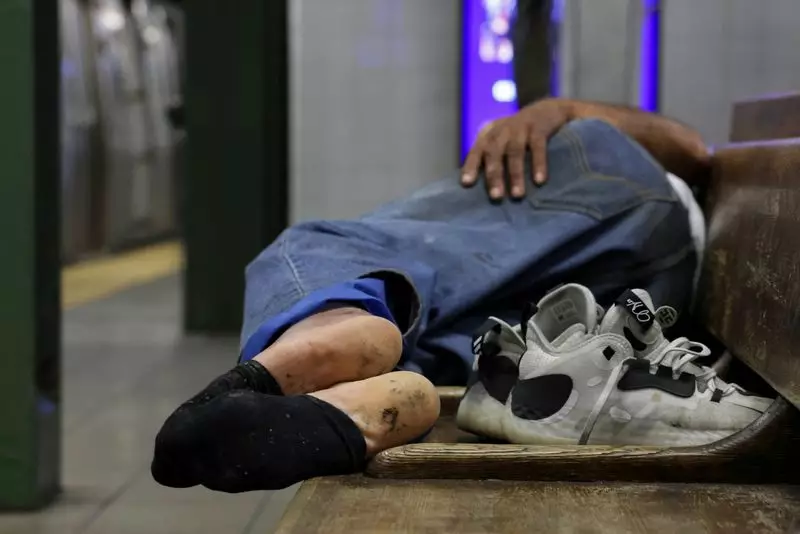As President Joe Biden prepares to exit the White House, he has left a notable imprint on American socioeconomic policies through his recent executive order. This significant directive aims to allocate government resources to revitalizing declining regions across the United States, specifically targeting what are termed “Left-Behind Communities.” These areas, often grappling with high poverty rates, unemployment, and educational deficits, account for approximately 15% of the population—nearly 50 million Americans. Biden’s departure marks a moment of reflection on the extensive measures taken to uplift these struggling regions and set the stage for potential continuity under incoming President Donald Trump, who is poised to influence substantial federal spending initiatives.
According to the White House, Left-Behind Communities are characterized by several distressing factors, including abandoned properties, low median incomes, and a general decline in both business activity and employment opportunities. These areas represent a microcosm of the broader challenges facing American society, where economic transformation and globalization have often left certain regions and demographics behind. Biden’s administration has recognized the critical need to not just focus on booming urban centers but also to revitalize these neglected locales, ensuring that economic recovery is inclusive and far-reaching.
The executive order stands as a testament to Biden’s commitment to fostering economic recovery through targeted investments. Over his tenure, the administration has facilitated programs that garnered significant financial backing—over $54 billion directed towards Energy Communities reliant on fossil fuels, and an additional $525 million allocated for job training in economically distressed areas. Furthermore, Biden announced $210 million for the creation of six new technology hubs, explicitly aimed at distributing the benefits traditionally seen in tech-heavy areas like Silicon Valley and Boston to other regions of the country. This strategic reallocation of resources signifies a dedicated approach to economic inclusivity.
Biden’s directive emphasizes a “whole-of-government” strategy for managing federal funds and resources, ensuring a streamlined process for distressed communities to access economic support. This innovative approach introduces the concept of a “No Wrong Door,” creating avenues for these communities to identify and utilize various federal resources effectively. This initiative seeks to optimize local resources for long-term socioeconomic development and infrastructure improvement, particularly in areas ravaged by natural disasters.
According to Lael Brainard, a key economic adviser, the initiative may appear understated but is emblematic of a robust strategy to address economic stagnation in the nation’s heartland. The significance of this approach lies in its potential to transform setbacks into opportunities for resurgence, promoting resilience among populations that have continuously struggled against systemic neglect.
As Trump prepares to take the reins, his track record provides both continuity and contrast to Biden’s initiatives. The former president’s earlier executive order established an Opportunity and Revitalization Council, indicating an acknowledgment of the hardships facing distressed communities. Trump has positioned his second term to emphasize deregulation and benefit from enhanced tariffs, suggesting an economic strategy that may both overlap with and diverge from Biden’s focus on targeted investment and recovery in marginalized areas.
Biden’s executive order represents a significant effort to ensure that America’s most vulnerable communities are not left behind as the nation progresses economically. The ordered economic prioritization has the potential to create lasting change in communities historically overlooked amidst national prosperity narratives. As the political landscape shifts, the emphasis placed on underserved areas could serve as a fundamental aspect of discussions in the upcoming administration, illustrating the critical need for sustained attention to economic inequities. Ultimately, the work initiated under Biden’s leadership lays a foundation for continued efforts at reconciliation and revitalization, urging policymakers to keep left-behind communities at the forefront of economic recovery discussions.

